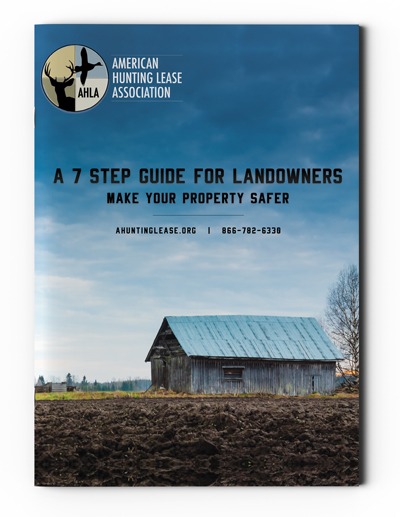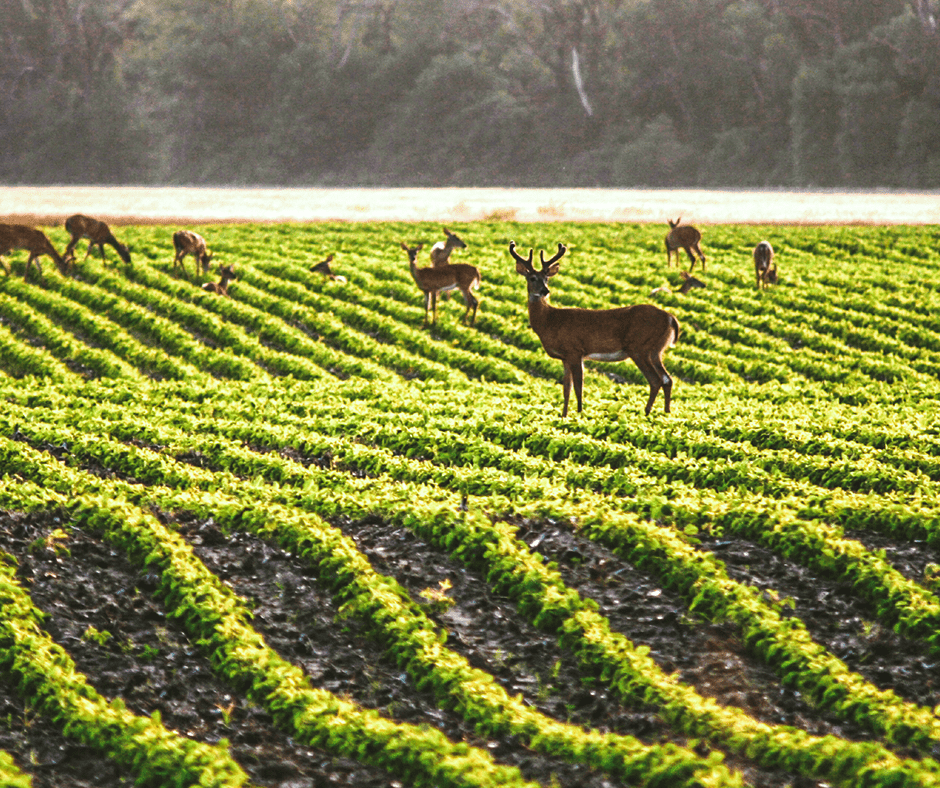After 10 years and thousands of landowner consultations, we have developed this guide to help you make your property as safe as possible and to identify hazards before they become problems. You have already taken the first step to making your property safer and minimizing your own risk by securing liability insurance. The next step is to simply follow the steps listed in this guide and enjoy the peace of mind that being a responsible landowner provides.
Let’s get started!
1. Document. Document. Document.
As you go through your landowner safety guide it is very important that you take good notes and document your actions. Good information is one of the keys to stopping lawsuits before they get filed. However, if you do find yourself on the wrong end of a lawsuit, a good set of notes with dates and detailed descriptions of your actions will tilt the scales of justice in your favor. Include in your notes, dates and times that you took corrective actions. Anytime you speak with a guest and make them aware of potential hazards, or simply escort them around the property to point out boundary lines, you should make sure it is documented (and have your guest sign a liability waiver).
2. Create a map of the property
If your property is only one or two acres, a map might not be necessary. However, if you own any property larger than that, you should create and print a map. Maps are very easy to create online for free and will serve as a valuable tool in many ways. Programs or apps like Google Earth, OnX maps and others already have boundary lines marked in most cases and offer other tools as well. Additionally, nearly every county in the country has a Geographical Information System (GIS) site available to the public for no charge. It is very simple to highlight your property and simply print a copy. Once you have a map in hand, you can give your guests a copy complete with important hazards, boundaries and even good hunting spots highlighted. Since this map will likely be kept by your guest for reference, it’s a good idea to include important contact and emergency information on it as well.
3. Physically inspect your property for potential hazards.
There is absolutely no substitute for taking a purposeful walk around your property and making notes of any potential hazards. Many problems, including injuries or property damage can be prevented by making guests aware of them ahead of time. The only way to really know where these hidden dangers lie is to inspect the property in person. If your farm or vacant land is too large, you might consider covering the whole thing over a few days or even have someone inspect with you.
The possibilities of what may or may not be a danger are too numerous to make a complete list. If you aren’t sure if something poses a risk, the smart thing is to make a note of it and include it on your map.
Here is a list of common hazards found on vacant land:
- Dead Trees
- Old, dilapidated barns or sheds
- Steep drop-offs, cliffs
- Large holes
- Abandoned wells or cisterns.
- Old tree stands
- Barbed wire fences
- Ponds, lakes or streams
- Mines or caves
- Power lines, cell towers
4. Meet your guests and review map
Now that you have a complete list of hazards and have marked them on a current, updated map of your property, it is important to share that information. After all, what good is your information if you don’t use it to make your guests aware of potential hazards? Before anyone is permitted to access your ground, it is a good idea to meet with them and review your map. Point out any areas you would like to keep off-limits or make special instructions about when they can access your ground. Explain to them (and show them on the map) where to enter your property if there are multiple access areas and make sure they are particularly aware of dangers that may be difficult to see. If your guests are hunters, there is a good chance they will be entering or leaving your property in the dark. A nice daytime stroll with them ahead of time will prevent any problems down the road.
This meeting is also a good time to address your expectations.
The items you should focus on are:
- Trash
- Parking
- Alcohol
- Use of ATVs
- Noise
- Camping
Remember this is your property and invited guests should be grateful for the opportunity to enjoy your property and all the experiences access provides. Setting ground rules and expectations at the beginning will eliminate any miscommunication in the future and result in a much more pleasurable experience for everyone.
If you are using the customized AHLA Hold Harmless Agreement provided with your policy purchase, this is the time to have your guests read and sign it. Use of our waiver is optional and is provided as an added layer of protection for you.
5. Post “NO TRESPASSING” signs on property boundaries.
Even though your vacant land policy covers claims made by trespassers, the best practice is to stop them before the trespass. States across the country have somewhat different laws regarding posting property boundaries, but they all agree on one principle: the more visible and obvious it is to everyone that they are crossing a boundary line, the less likely they are to enter (or exit). Without fail, the first thing a trespasser will claim when confronted is that they didn’t know they were trespassing.
When you purchased your vacant land insurance package, your package included 12 AHLA No Trespassing signs. Most states agree that posting No Trespassing signs within every 75 feet of travel is the best choice for maximum visibility. Subsequently, you should do your best to post a sign every 150 linear feet on your property lines and at every point of entry. As a member of the American Hunting Lease Association, you can purchase more signs at ahuntinglease.org. We sell them for a reduced rate of $15 per dozen and shipping is only $5 (up to 4 dozen).
6. Be an active landowner
10 years of consulting with and learning from landowners has taught us one thing. Landowners that stay in contact with their guests and build a rapport are far more satisfied and find landownership much more enjoyable. Not surprisingly, hunters, bird watchers, fisherman and nearly every other type of guest reports the same thing. Developing a relationship with your hunters (if you allow hunting) or your other guests will keep you informed of what is occurring on your farm or land. It’s also a good way to simply make new friends. Many landowners take great pride in allowing others to enjoy their land and hearing the stories of sightings and adventures.
If you only own a small lot and don’t intend to allow or have guests. We encourage you to pay your vacant land an occasional visit and keep it free from debris and/or new hazards. It is also a good practice to discourage trespassers or potential squatters. When they see you inspecting your land or notice your vehicle frequently parked along the property, they are much less likely to trespass.
7. Enjoy!
Whether you have a one-acre lot and plan to build your dream home or you have several hundred acres for family and friends to enjoy, chances are you worked hard to make the dream of owning land a reality. By protecting yourself with the AHLA Timberland/Vacant Land insurance program and by following the steps in this guide, you have taken the steps necessary to protect yourself and your family. The last step is to simply enjoy land ownership and take pride in owning a little piece of your own ground. Congratulations




Leave A Comment